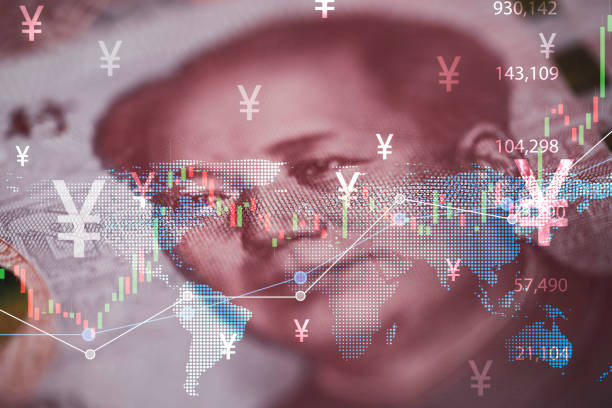
The Path of RMB Internationalization
One of the larger macroeconomic trends taking place is the internationalization of the yuan or renminbi (“RMB”). This is a natural development given the continued growth of the Mainland Chinese economy which is currently the world’s largest trading nation with the highest industrial output, and the second largest economy in the world by nominal GDP.
China’s massive industrial output, exports and imports push the demand for RMB use for international trade, and this demand is further boosted in recent years by the increasing risks of the US dollar. Geopolitical pressures as well as increasing US debt have pushed China and many other nations to actively seek the use of domestic currencies for international trade rather than rely on the US dollar. So, although dedollarization and RMB internationalization are two different issues, they are closely related.
The pace of RMB internationalization has quicken recently with some notable developments. Firstly, the RMB is now the fourth most used currency in global payments as indicated by SWIFT data, reaching 4.7%, a record high and nearly double last year’s levels. This has been possible with increased cross-border lending and currency swaps. It should also be noted that there is RMB usage outside of SWIFT thus the real level of RMB transactions in global payment is unknown but more than this SWIFT figure.
Furthermore, the relatively cheap level of the RMB has catapulted it to the second-biggest trade funding currency, behind the US Dollar and ahead of the Euro. Companies and banks are raising record amounts of cash through RMB bonds issued in China and Hong Kong, known as panda and dim sum bonds respectively, and this is also being actively encouraged by the People’s Bank of China, China’s central bank, therefore further boosting the use of RMB outside of China.
One small but important transaction was the completion of the first cross-border settlement for precious metals trading in digital RMB in December where 100 million yuan (US$14 million) was transferred in cash and deposited as digital RMB.
Also Gulf nations – particularly Saudi Arabia, UAE and Qatar, are increasingly using RMB for energy transaction, this combined with increasing RMB settlement between China and Russia for energy and commodities will significantly enhance RMB liquidity in the global economy, driving even greater usage and internationalization as energy and commodities entail large transactions.
